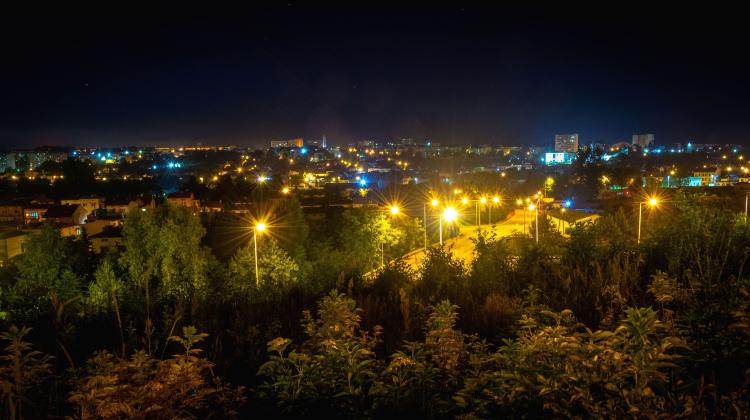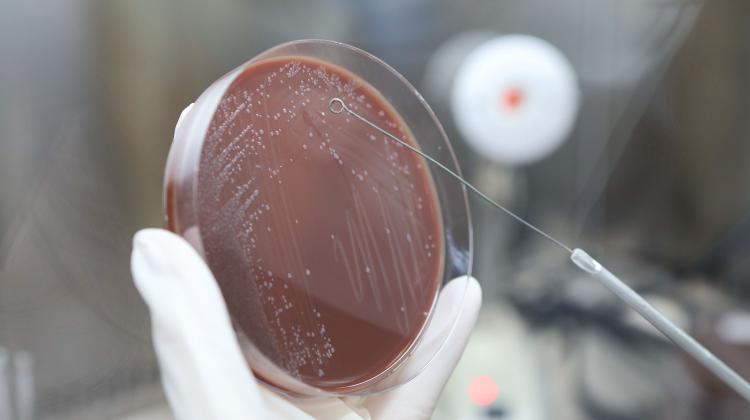Polish researcher in Science on nocturnal artificial light pollution
 Credit: Adobe Stock
Credit: Adobe Stock
Excessive exposure to light at night can not only cause sleep problems, but also increase the risk of diseases such as hypertension, obesity, depression, diabetes and even cancer.
Dr. Karolina Zielińska-Dąbkowska from the Faculty of Architecture of the Gdańsk University of Technology is the first author of a paper on the impact of nocturnal artificial light pollution on human health. Experts from Europe and the United States were invited to participate in the study, including researchers from Harvard Medical School, Medical University of Vienna and Thomas Jefferson University.
The term 'light pollution' has become used in science as the sum of all the negative effects of excessive exposure to light at night for the environment and for humans. Removal of night lighting, for example from monuments introduced in some cities as a result of the energy crisis, is perceived by scientists as a step in the right direction. However, protective measures can also be taken within one's own four walls, for example by using warm, amber lighting sources instead of strong light with a high content of blue colour.
The study consisted of a synthesis and analysis of scientific papers from recent years on the impact of nocturnal artificial light pollution on public health. The authors present the current state of knowledge, indicate critical areas for future research and draw attention to recent political steps in this area, referring to the effects of the energy crisis, among other things. They also present their corrective proposals, including recommendations to reduce and better manage lighting in urban areas.
'Research carried out so far shows that excessive human exposure to light at night can disrupt the circadian rhythm, including physiology, by suppressing melatonin secretion, and impair sleep,’ says Dr. Karolina Zielińska-Dąbkowska, quoted on the university's website. 'There is also an increasing number of papers indicating that it may also increase the risk of chronic civilisation diseases, such as type 2 diabetes, hypertension, obesity, depression and many others.’
Many of our bodily functions, including hormone production, are regulated and dictated by the successive times of day and night. Too much artificial light at a time when it should be dark impairs this natural rhythm, and thus also the work of the endocrine system.
For example, the secretion of melatonin is suppressed - a hormone that facilitates falling asleep, hence sleep problems and chronic fatigue.
Exposure to light at night also strains the visual system, as even those visual stimuli that go unnoticed by sleepers can trigger processes that disrupt key repair mechanisms in the body.
The development of cardiovascular diseases and cancer may also be associated with exposure to artificial light at night. There is evidence of an increased risk of cancer in people who regularly work at night.
Exposure to light at night in question also weakens the immune system and is considered a risk factor for type 2 diabetes, high blood pressure, obesity and depression.
'Research on the effects of exposure to light at night presents a disturbing image,’ says co-author of the study, Dr. Eva Schernhammer from Vienna. ‘In view of this growing problem, we urgently advocate further scientific research, including an analysis of individual exposure to light coming from the outside into rooms.’ In her opinion, a thorough understanding of this problem is necessary to formulate credible recommendations on the use of outdoor lighting at night and convince politicians to act to reduce light pollution.
'Scientists are approaching this topic more and more seriously, but - as we signal in the paper - additional environmental research is needed, on the basis of which it would be possible to develop methods of preventing and managing artificial light pollution, and prepare guidelines for designers and manufacturers of light sources so that such lighting becomes healthier and safer,’ adds Dr. Zielińska-Dąbkowska.
As the scientist emphasizes, the publication on nocturnal light pollution in such a prestigious journal as Science (https://doi.org/10.1126/science.adg5277) clearly shows that the public discussion on this issue is entering a new level. This can be seen in the growing number of articles in the last five years and in the increasing public awareness.
'The publication in Science and my two earlier papers on the subject in Nature are important because they show the need and value of interdisciplinary research, and also that practitioners, architects, can have something important to say on an international forum,’ says Dr. Zielińska-Dąbkowska. (PAP)
PAP - Science in Poland, Katarzyna Czechowicz
kap/ zan/
tr. RL
Przed dodaniem komentarza prosimy o zapoznanie z Regulaminem forum serwisu Nauka w Polsce.



















